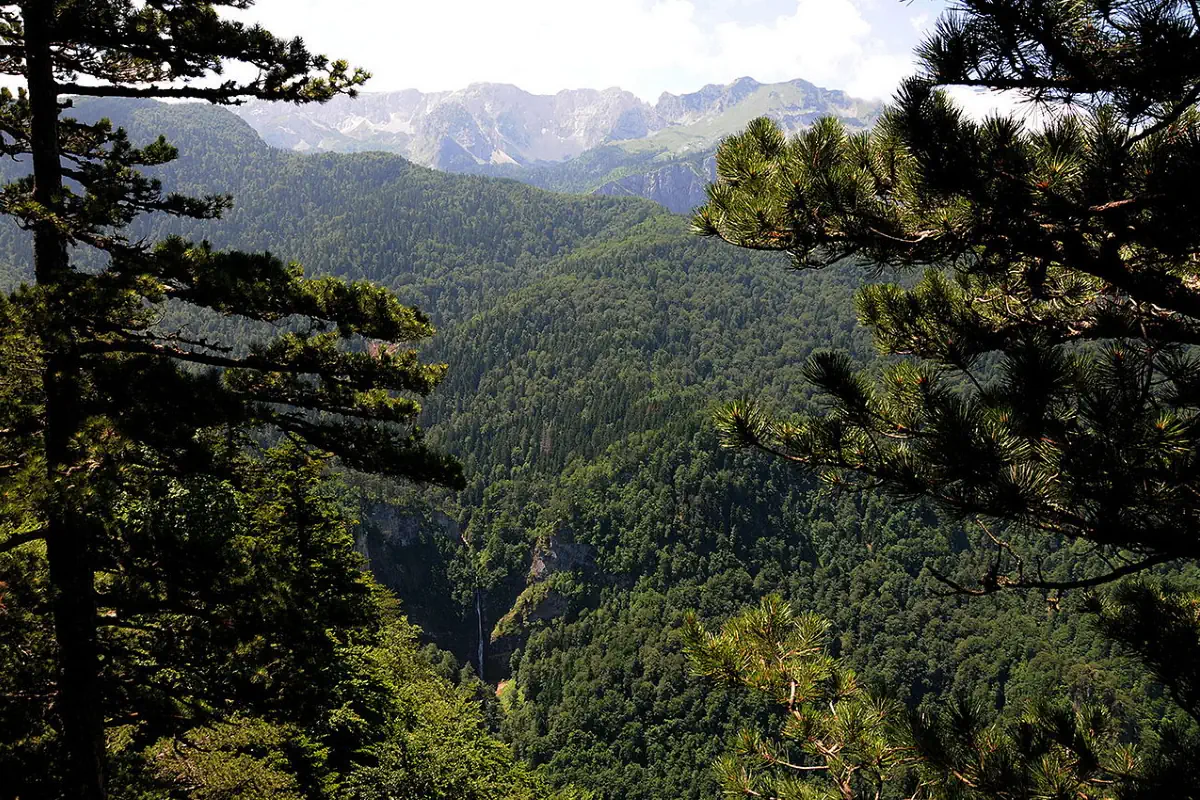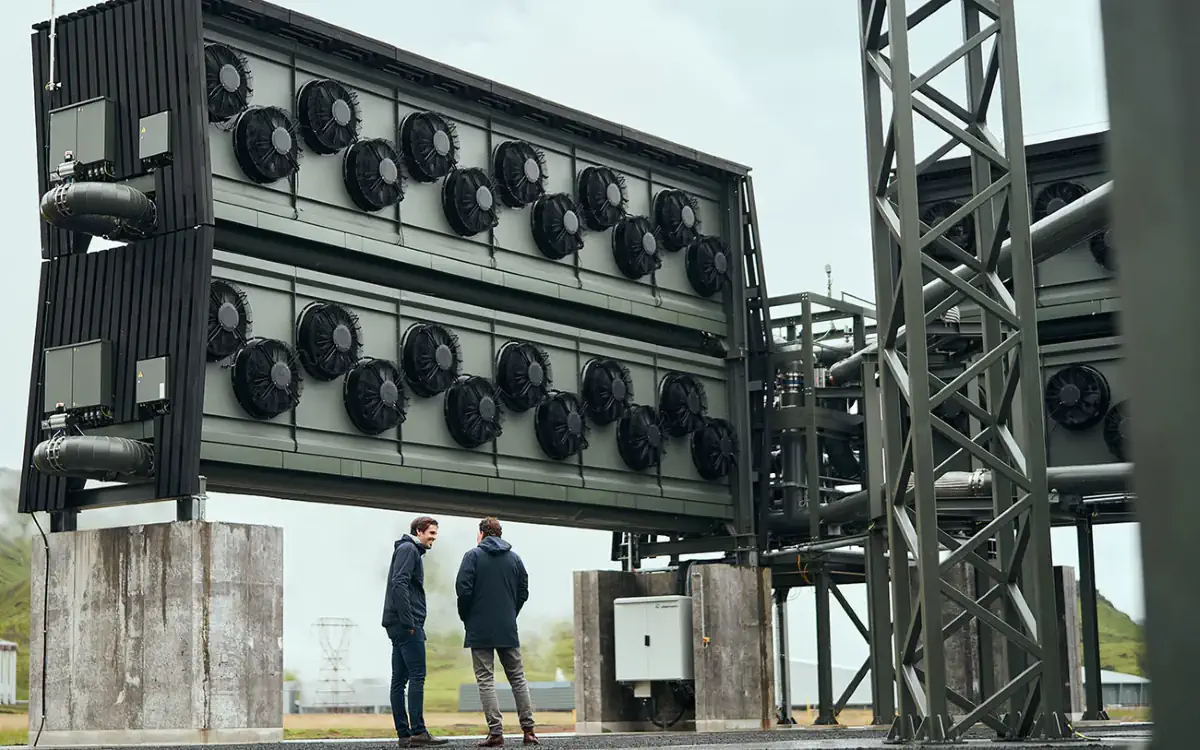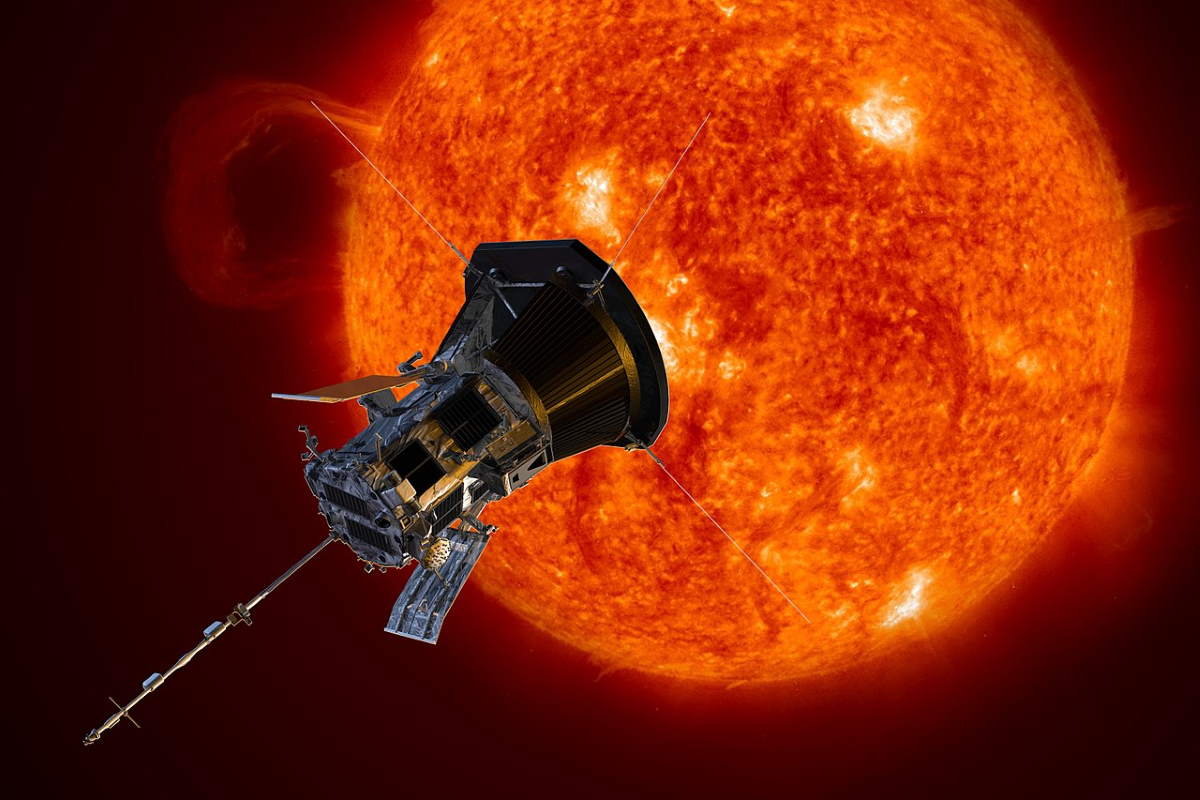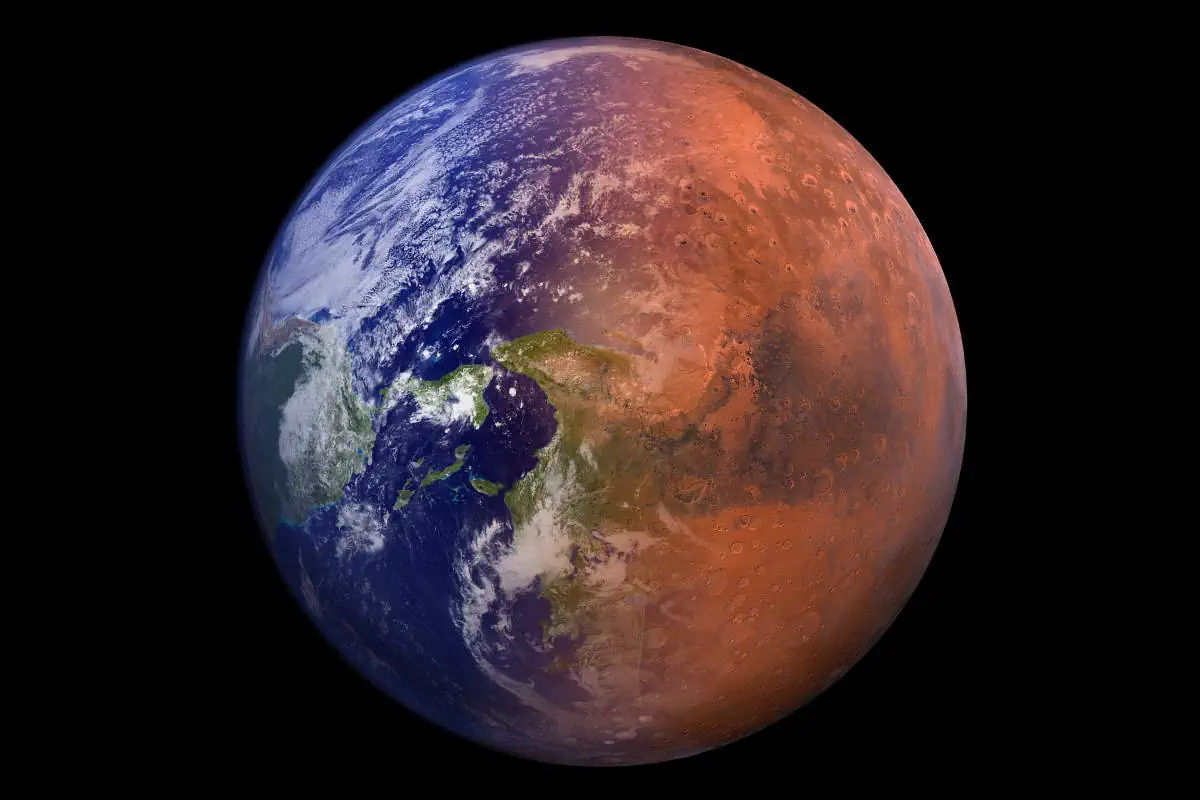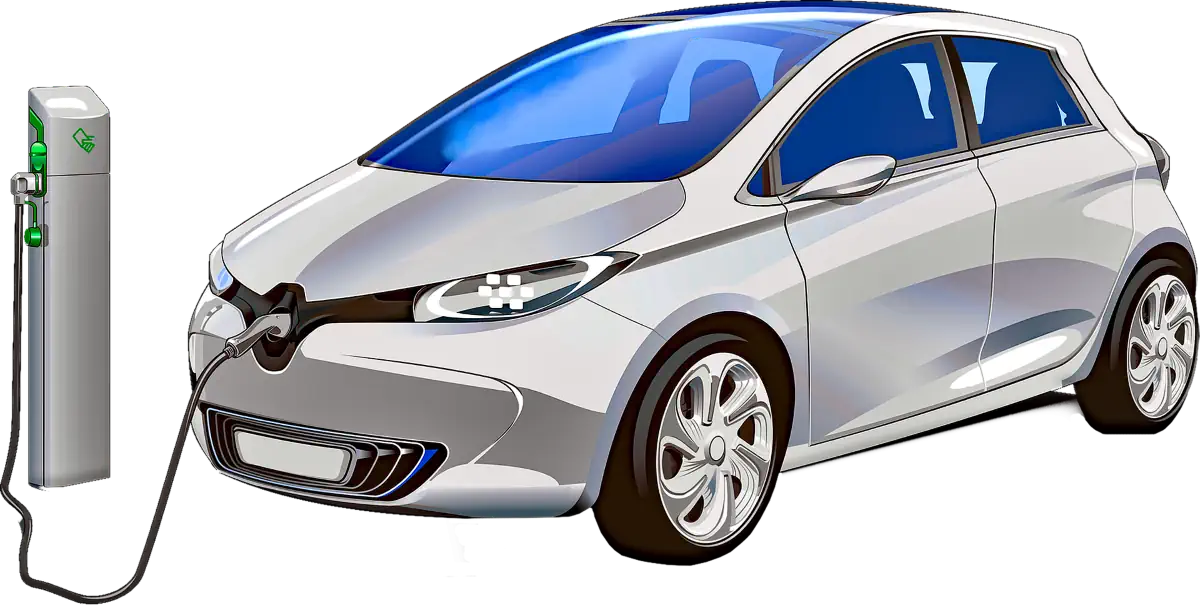Food waste has reached colossal proportions and the magnitude of the problem requires equally massive resources with the potential to supply sustainable answers. What better than the dynamic digital databases and advanced analytics we literally have access to “at our fingertips”.
By Susan Langthorp
Continue reading “Digital technologies like SHARECITY can reduce food waste”
